About Halibuts
A California Halibut is a flatfish and can range in size up to 50-75 pounds. The typical keeper is from 10-20 pounds. Adult halibut move into shallower water in the late spring and summer to spawn. Young fish swim upright, but during their first year, one eye migrates to the other size of the head and they begin to swim in a horizontal position.
Also, the side with the two eyes (the top) turns dark or sand-colored, while the bottom side turns light. Halibut live right on the sandy bottom. A ruffling of fins and tail kicks up a cloud of sand that settles back on the fish and hides it from both its predators and prey.
Related Articles:
-
Bass Stands
-
Log Fishing in the South Western Pacific
-
Lake Berryessa Fishing and Camping
-
Park Merced San Fransisco
-
How to Catch Surf Smelt
Only its two eyes are noticeable above the sand.
California halibut fishing is primarily shallow water fishing. Because of this situation, it is possible to catch halibut from piers, by surf casting on beaches, or from a boat. In all these cases the basic idea is the same: Get your offering down on the sandy bottom and keep it moving.
Halibut feed most actively during moving current, especially on an incoming tide. The 2 or 3 hours before a high tide are often the best. And even slack water at high tide can be productive. Halibut do school, so if one is hooked, chances are there are more in the same location.
Fishing at the right time of year is critical to success. Summertime is when the halibut are in the shallow water. June is not too early in some locations, and July and August are usually good. Weekly fishing reports in newspapers highlight the best time.
How to Catch Halibut – Shore Fishing Techniques
Both pier and surf anglers can and do catch halibut although, admittedly, the vast majority are taken from party and private boats. Two elements are essential for successful shore fishing:
- Be there when the fish are there: Halibut moves depending upon the whereabouts of anchovy schools and spawning patterns. They key is to keep up on local action.
- Keep your offering moving. Halibut ambush moving forage fish. So your offering must do the same. This requires a constant cast and retrieve pattern. Slow retrieves are usually the most productive.
Trolling for Halibut
There are two primary boat fishing techniques to catch halibut. The first is trolling. Most trollers use equipment similar to that needed for non-downrigger salmon trolling. Trollers work the surf line in 20 foot water or less. A large landing net or gaff is required. You should also have a fish billy.
A sharp blow midway down the body is recommended. When trolling a deep diving lure, attach it to a good snap swivel and troll it out about 50 feet behind the boat. Adjust the boat speed so that the lure touches the bottom now and then. Slow trolling is best. Trollers can cover a good amount of territory.
Drift Fishing
Many anglers prefer boat drift fishing. This technique is used extensively for halibut and striped bass in San Fransisco Bay.
Lures and Bait for Halibut
Common bait and lures used for halibut are:
- Anchovies, shiners, small perch – live, hooked through the lips for drifting; hooked on a salmon rig when trolling.
- Hair raisers
- Pet spoons
- Kastmasters
- Rebel Minnow-type-plug about 6 to 7 inches
- Bagley Bango-B deep diving plug – 6 to 9 inches (blue back, silver belly, bleeding gills); model has been “hot” in San Fransisco Bay
- Scampi-type twin tail soft plastics – about 5 inches (in rootbeer)
Where to Fish
There are many good fishing locations along the Pacific coast which are described in the “Pacific Ocean Fishing” section. Here are some hot spots:
- Bodega Bay – the entrance along the rocky breakwater
- Tomales Bay – near entrance at Lawson’s Landing just south of Dillon’s Beach
- Marin Coast – Stinson, Muir and Tennessee beaches
- Golden Gate – just outside the bridge between the Cliff House and Seal Rock area, inshore to Baker Beach
- San Fransisco and Pacifica shoreline – South Bar, Mussel Rock and the coves inside Lindamar and Devil Slide
- Half Moon Bay – Pillar Point Harbor
- Monterey Bay
In San Fransisco Bay, some of the best places to fish for halibut on an incoming tide are listed below.
- Crissy Field – Fishing is best in June, July and August. Drift parallel to shore in about 10-20 feet of water.
- Alcatraz Island, Using anchovies, fish the shoal on the west side July through September in 20-45 feet of water. On incoming tides boats drift towards the island.
- Treasure Island – Fish the flats north and west of the island. Use anchovies or shiners in 20-40 feet of water.
- Angel Island – There are two hot spots here: Point Know Shoal on the southwest side of the island at 20-50 feet and Raccoon Strait between the island and the Tiburon Peninsula.
- Farther south, a good area is the flat between Oyster Point and San Fransisco International Airport.
Cleaning and Cooking
Smaller halibut can be filleted. Larger ones are steaked. If you can get a decent-sized steak out of your halibut, then steak it. Even when filleting, first make a vertical cut (the fish is laying flat) along the lateral line down to the spine. This allows you to “lift off” two manageable-sized fillets from each side of the fish.
Halibut is dense, mild, somewhat sweet and low in fat. Popular cooking methods include broiling, barbecuing, poaching, frying and baking. The fillets can be sauteed.

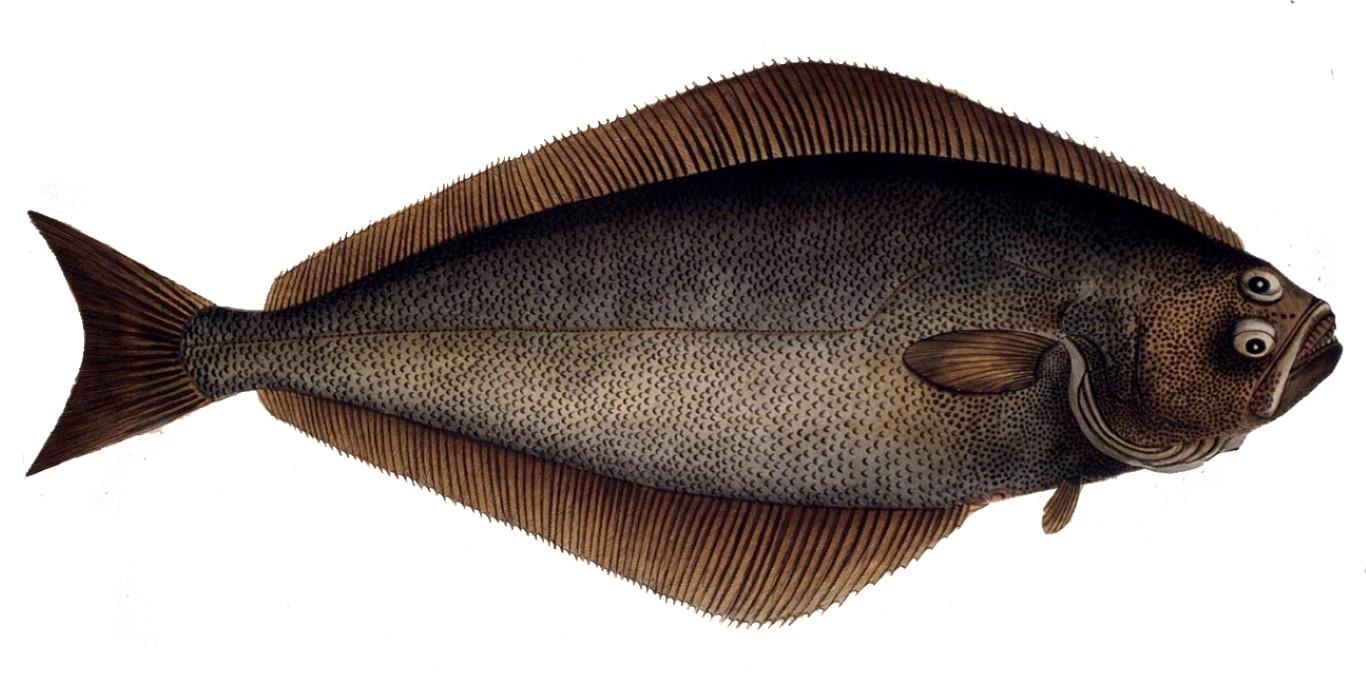

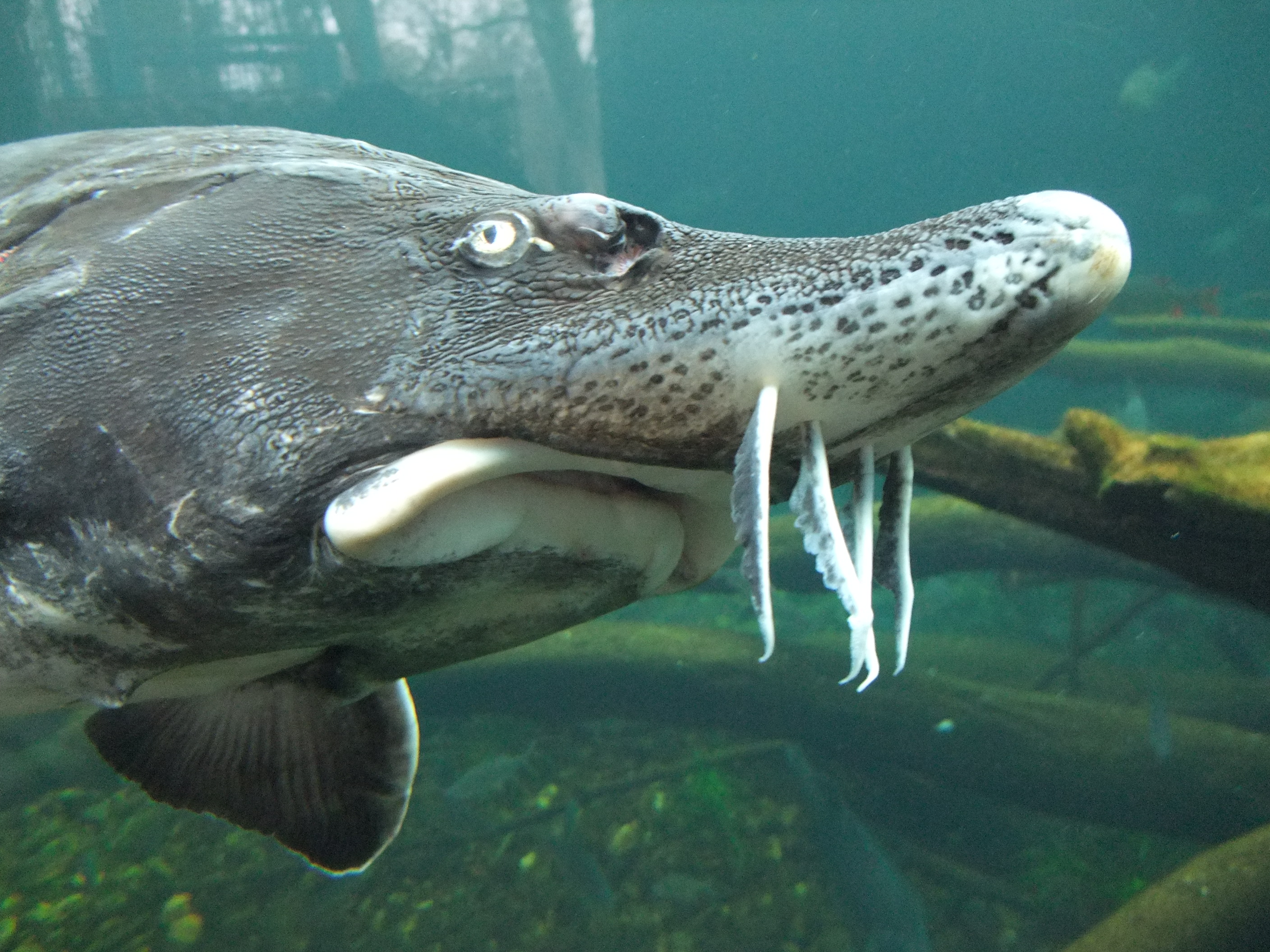
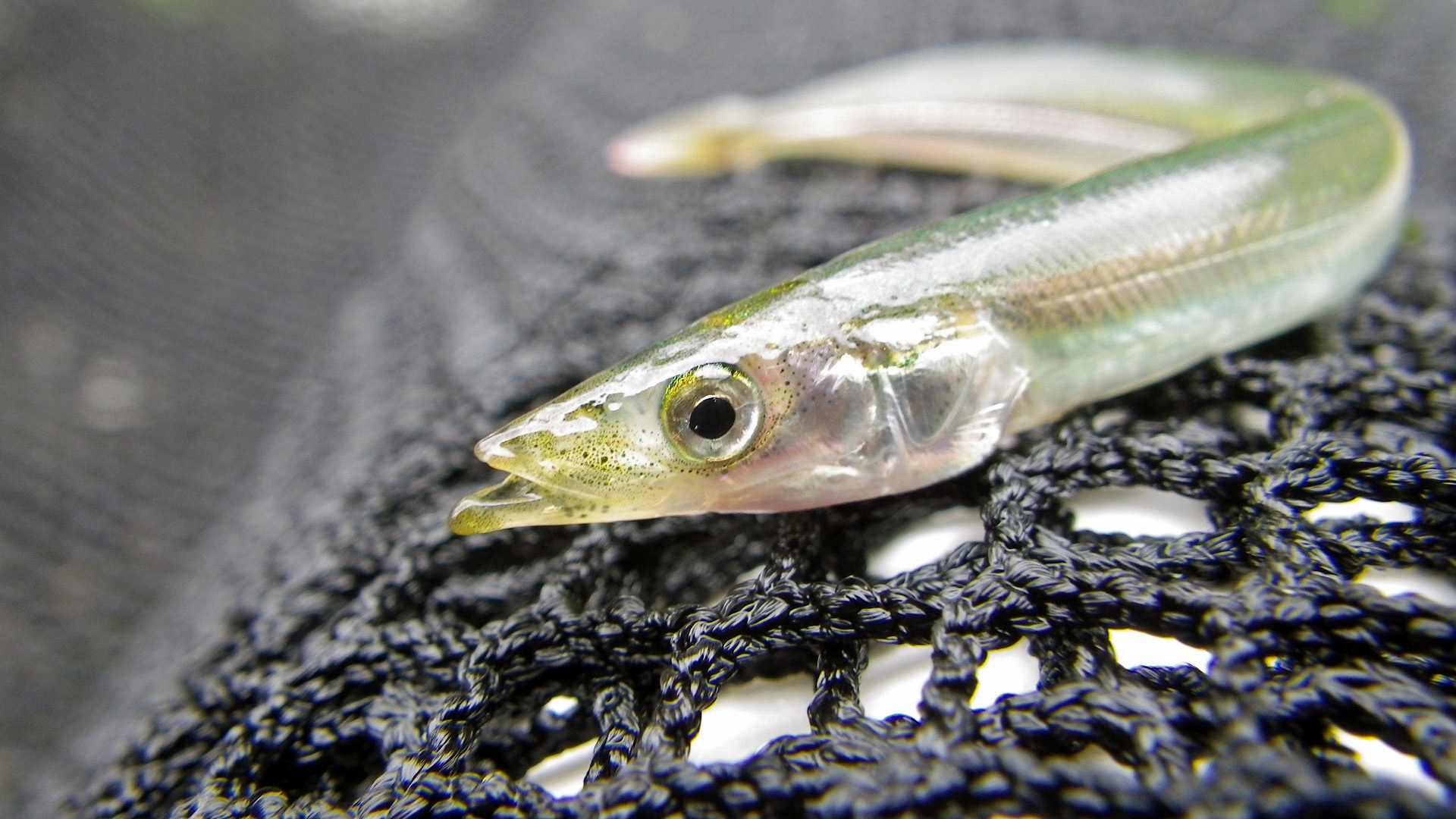
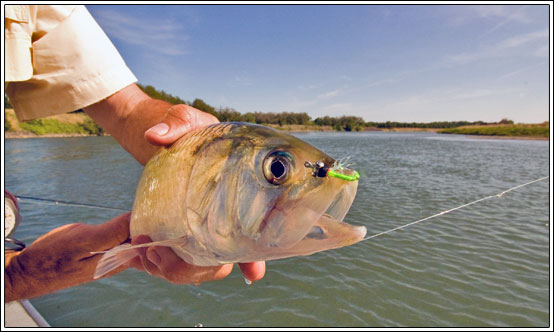
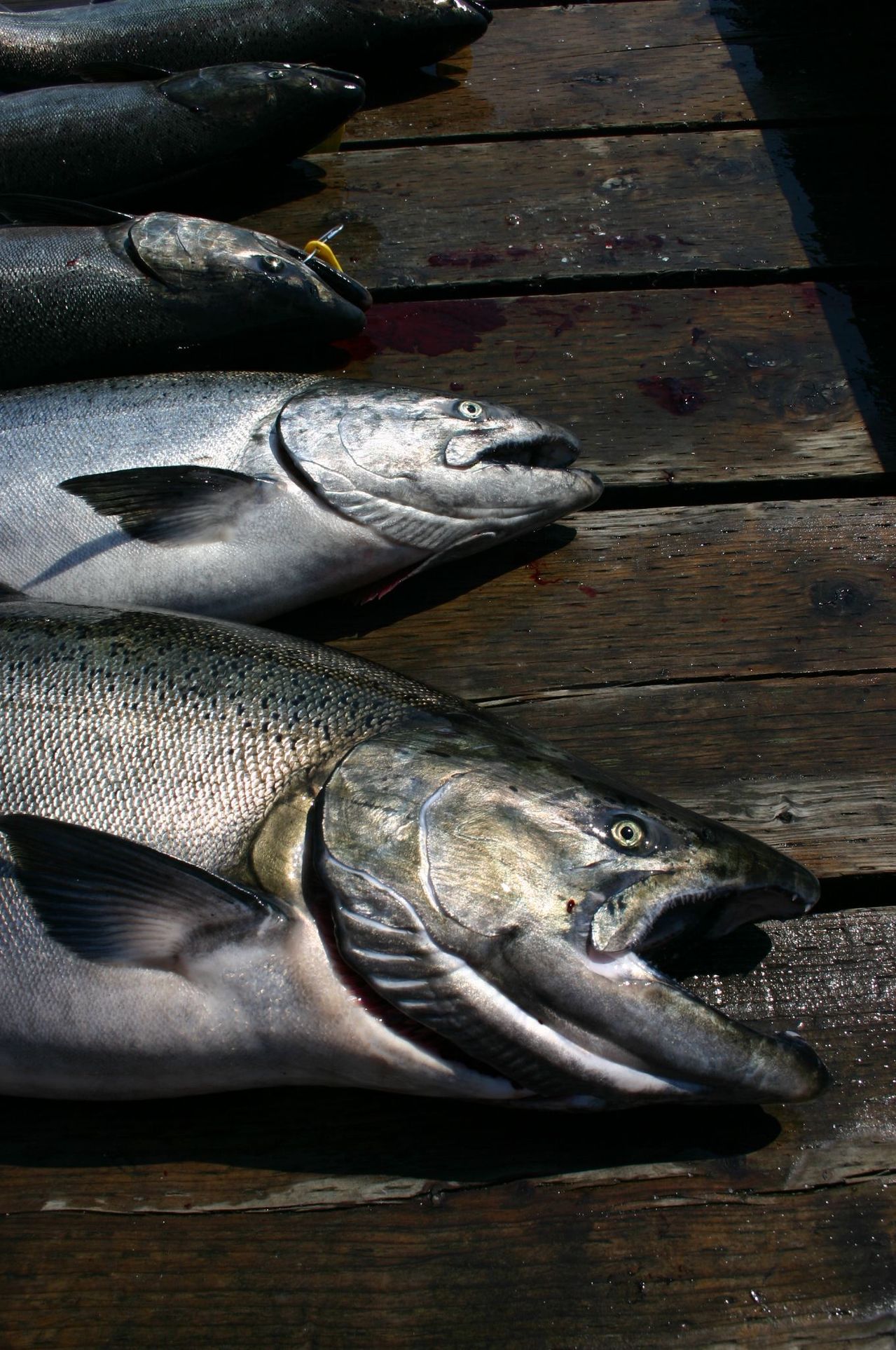
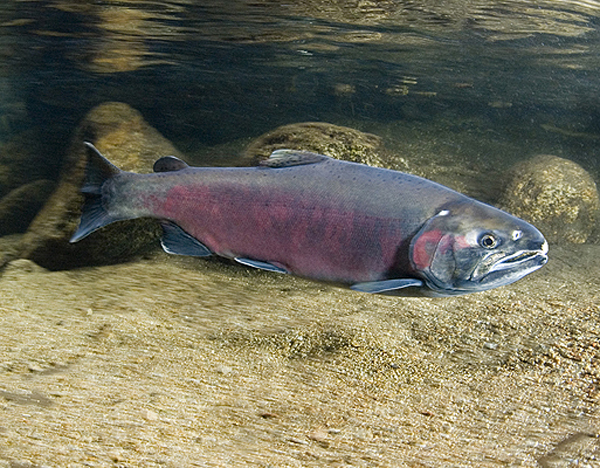






Has anybody caught any halibut at bodega bay in the harbor around the shipreck?